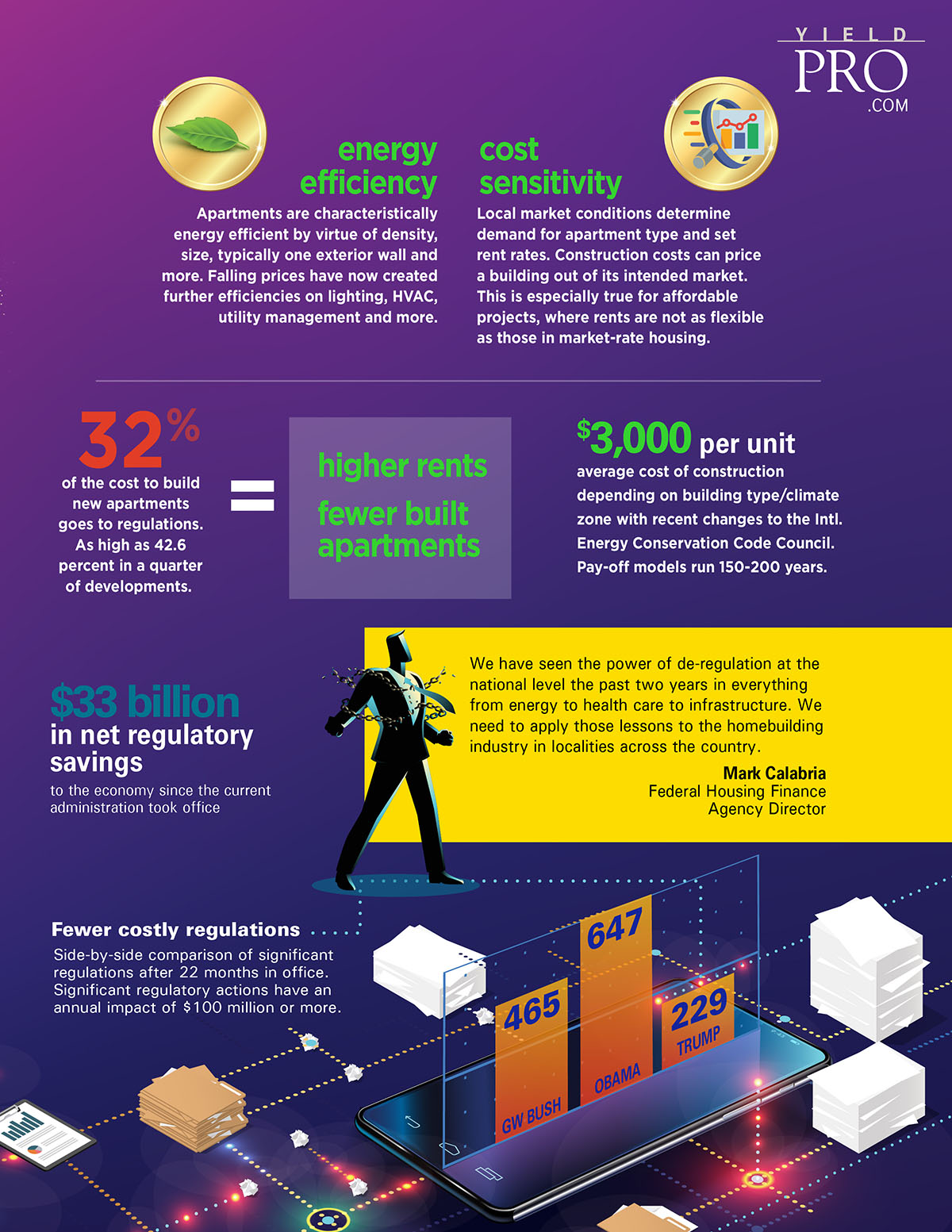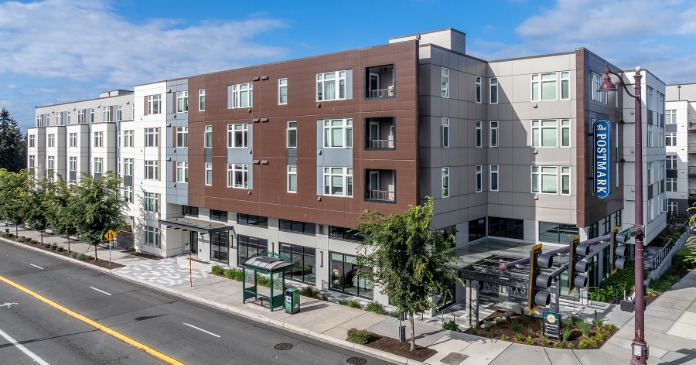Long time ago. When will they ever learn?
The way government regulates and taxes business and transactions directly shapes investment.
Good regulation addresses market failures that hinder productive investment. It reconciles the interests of firms with those of society.
Good government struggles to not undermine business. This is because when companies invest productively, they create jobs, contribute to growth and reduce poverty.
There are nearly 90,000 local governments in the U.S. Many add their own fees to apartment projects. Cities often negotiate multiple fees, case-by-case, through-out a project requiring approvals at every step.
Energy efficiency
Apartments are characteristically energy efficient by virtue of density, size, typically one exterior wall and more. Falling prices have now created further efficiencies on lighting, HVAC, utility management and more.
Cost sensitivity
Local market conditions determine demand for apartment type and set rent rates. Construction costs can price a building out of its intended market. This is especially true for affordable projects, where rents are not as flexible as those in market-rate housing.
32% of the cost to build new apartments goes to regulations.
As high as 42.6 percent in a quarter of developments. This leads to higher rents and fewer built apartments
$3,000 per unit is the average cost of construction depending on building type/climate zone with recent changes to the Intl. Energy Conservation Code Council. Pay-off models run 150-200 years.
$33 billion in net regulatory savings to the economy since the current administration took office
“We have seen the power of de-regulation at the national level the past two years in everything from energy to health care to infrastructure. We need to apply those lessons to the homebuilding industry in localities across the country.” – Mark Calabria, Federal Housing Finance, Agency Director
Fewer costly regulations
Side-by-side comparison of significant regulations after 22 months in office. Significant regulatory actions have an annual impact of $100 million or more.


















